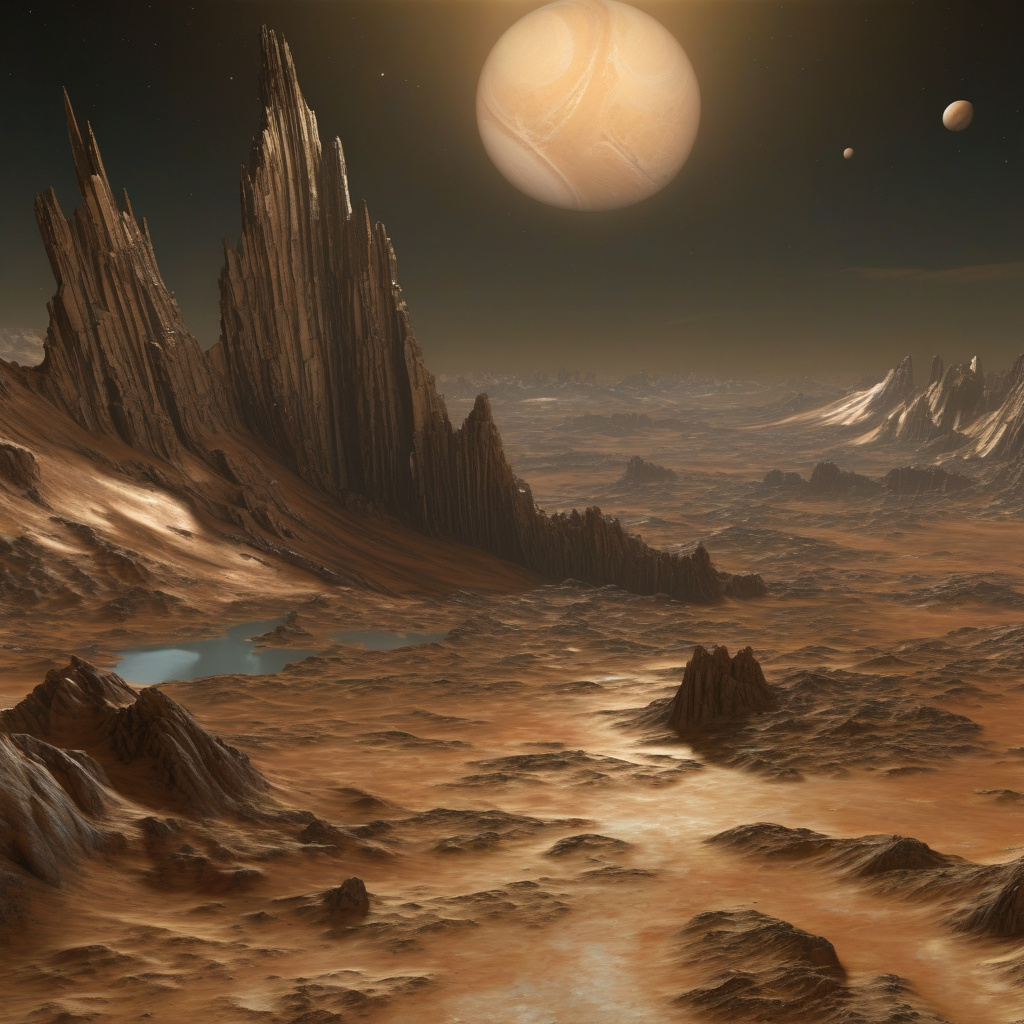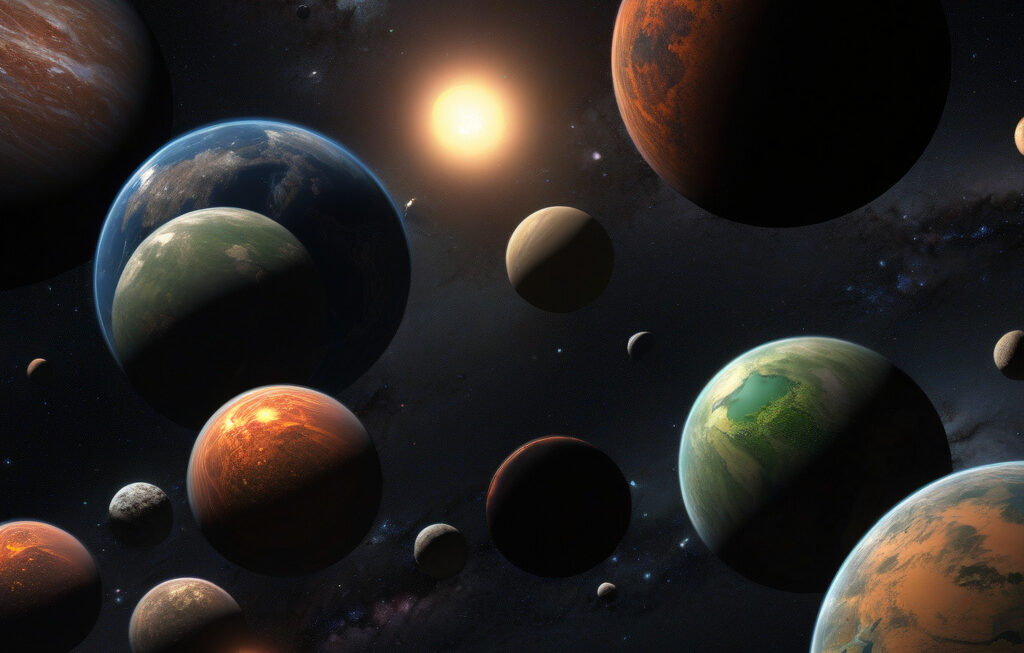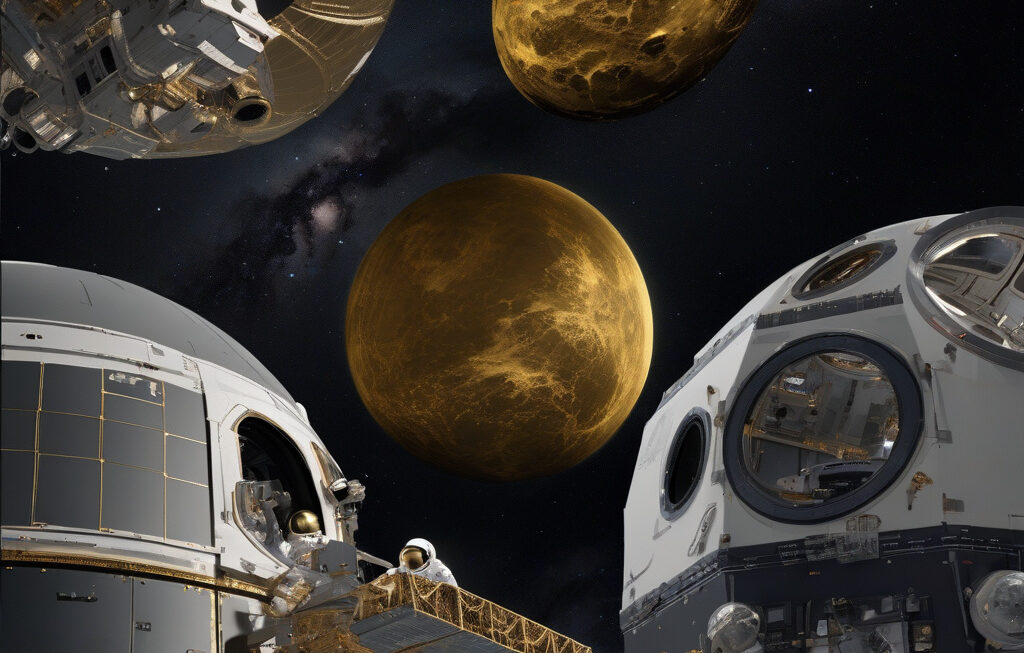No deltas, no clues: Saturn’s largest moon terrain baffles scientists hunting for life
A study has just dashed hopes of finding water on Saturn’s largest moon, Titan. Researchers were left scratching their heads as they analyzed data from NASA’s Cassini spacecraft, which has been exploring the mysterious moon for over a decade. Titan, with its thick atmosphere and methane lakes, has long been considered a promising candidate in the search for extraterrestrial life. However, the latest findings have revealed a landscape devoid of the expected river deltas and other features that typically indicate the presence of liquid water.
The absence of these familiar clues has perplexed scientists, who had hoped to uncover evidence of hydrological processes similar to those found on Earth. Instead, Titan’s surface appears to be dominated by vast dune fields, towering mountains, and dry lake beds. This unexpected terrain has thrown a wrench into the search for life on the moon, forcing researchers to rethink their approach.
Despite the setback, scientists remain undeterred in their quest to unlock the secrets of Titan. Some have proposed that liquid methane and ethane, which take the place of water on the frigid moon, could still provide a suitable environment for microbial life. Others are investigating the possibility of subsurface oceans or hydrothermal activity that could harbor the building blocks of life.
One of the biggest challenges in studying Titan is its extreme cold, with surface temperatures plunging to -290 degrees Fahrenheit (-179 degrees Celsius). This harsh environment presents unique obstacles for exploration, requiring spacecraft and instruments specially designed to withstand such frigid conditions. Understanding the complex interplay of organic molecules, liquid hydrocarbons, and icy terrain on Titan is crucial to unraveling its potential for hosting life.
While the latest study may have dashed hopes of finding water on Titan’s surface, it has also opened up new avenues of research and exploration. Scientists are now focusing on probing the moon’s subsurface, where liquid water could potentially exist, shielded from the hostile surface conditions. Future missions, such as NASA’s Dragonfly drone, aim to delve deeper into Titan’s mysteries and shed light on its potential for habitability.
As we continue to unravel the enigmatic world of Titan, one thing remains clear: the search for life beyond Earth is a complex and challenging endeavor. While the absence of water on Titan’s surface may be a disappointment, it is also a reminder of the vast diversity of worlds in our solar system and the need to think outside the box when hunting for life. Titan may still hold the key to unlocking the secrets of our cosmic origins, challenging us to push the boundaries of exploration and discovery.
In the quest for answers on Saturn’s largest moon, scientists must remain vigilant, adaptable, and open to unexpected discoveries. Titan’s terrain may baffle us today, but tomorrow it could hold the key to one of the greatest questions of all: are we alone in the universe?
#Saturn, #Titan, #NASA, #ExtraterrestrialLife, #SpaceExploration












